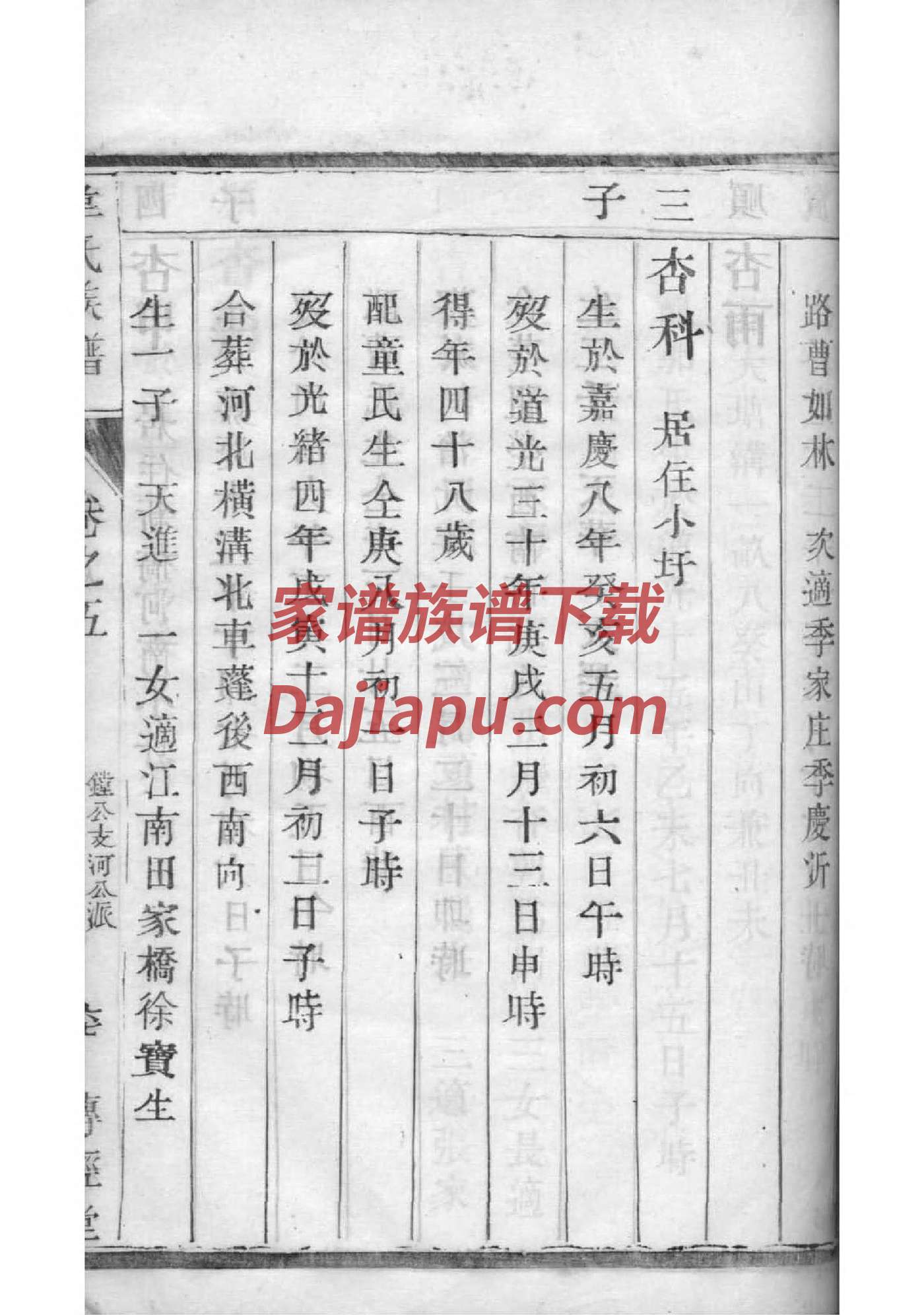Genealogy Phonetic Transcription: A Journey Through Pronunciation
Abstract
This article explores the phonetic transcription of Chinese family trees, commonly referred to as "家谱" in Mandarin. It delves into the significance of accurate pronunciation in preserving cultural heritage and the challenges faced in transcribing these historical documents. The article further discusses the role of phonetic transcription in modern genealogy research and its impact on understanding family lineage.
The Significance of Accurate Pronunciation in Genealogy
The correct pronunciation of "家谱" is crucial for several reasons. Firstly, it ensures that the historical records are preserved accurately, allowing future generations to understand the origins and lineage of their ancestors. Secondly, the pronunciation of "家谱" reflects the cultural heritage of a family, as it is often pronounced differently across various regions of China. This variation in pronunciation can provide valuable insights into the migration patterns and regional dialects of a family.
Challenges in Transcribing "家谱"
Transcribing "家谱" into phonetic English can be a daunting task due to several challenges. One of the primary challenges is the vast array of Chinese dialects, each with its unique pronunciation of the word. Additionally, the traditional characters used in "家谱" may not have a direct phonetic equivalent in English. This necessitates the use of phonetic symbols and systems such as the International Phonetic Alphabet (IPA) to represent the sounds accurately.
The Role of Phonetic Transcription in Modern Genealogy
In the modern era, phonetic transcription plays a vital role in genealogy research. With the advent of technology and the internet, researchers can access a wealth of genealogical information from around the world. However, without accurate phonetic transcription, this information can be inaccessible or misinterpreted. By using phonetic transcription, researchers can bridge the gap between different languages and dialects, making it easier to trace their family lineage.
Impact on Understanding Family Lineage
Accurate phonetic transcription of "家谱" can significantly impact the understanding of family lineage. It allows researchers to identify and compare different branches of the family tree, even when the records are in different languages or dialects. Furthermore, it enables the identification of ancestral migration patterns, which can provide valuable insights into the history and cultural background of the family.
Conclusion
The phonetic transcription of "家谱" is a critical aspect of genealogy research. It ensures the accurate preservation of historical records, facilitates cross-cultural research, and enhances our understanding of family lineage. By overcoming the challenges of transcribing this term, we can continue to honor and preserve our cultural heritage.
Keywords:
- 家谱
- Phonetic Transcription
- Genealogy
- Cultural Heritage
- Family Lineage


